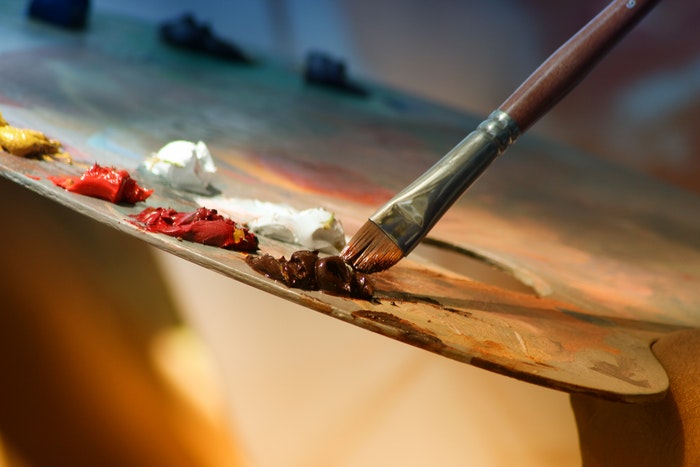Most artists have talent, but they need the right kickstart to help them unleash their creativity. It’s not sufficient to buy the right tools and set up a beautiful workspace. Having knowledge about tone, color, texture, brushwork, and composition will help you in your artistic journey in the paint. Soon you will be able to create your own masterpiece by using these five important painting techniques.
Underpainting
The trick is to work paint up from thin to think. It is not possible to work on top of heavy and wet paint. Similarly, you can work up to highlights to add the brightest and heavier paint at the end. Also, keep aside a tissue or towel to clean brushes so that excess paint can be removed. It is not recommended to work from white when using oils or acrylics. You also need to be very careful of the rule when using paints that dry slower. Create an underpainting in burnt umber or a combination of burnt sienna and phthalo blues. This would help you develop shadows and values. At this step, it safe to use acrylics as they dry quicker.
Blocking in
There are different shapes and fibers of paint brushes available to achieve the type of the desired effect a painter needs. You should use all of them as you are painting. The synthetic or stable mix can be used with the majority of the paint types. With these, you can start blocking in form and paint. A filbert is generally best for it as it has both properties of flat and round brushes to achieve precision with details and cover large spaces. Only use small brushes at the very end of the process.
Build texture
Next, you will need to create seamless transitions. The texture is not hard to achieve as almost can be used to your paint to add it. You can also use an old toothbrush to shatter your image with paint, through which you can suggest noise and grain. Eggshell and sand are also used to add texture to the creation.
Dry brushing
This technique uses a layer of paint, that has been dried previously. You can add a tiny amount of paint to your brush and apply it with quick and directional strokes. This technique works best when applying light paint over dark areas or dried paint.
Glazing
This works by laying a coat of transparent paint over a dry area of the painting. It can be used for highlighting shadows and toning color. A light transparent blue over dry yellow will give us a green.
Adopt these painting tips in your artistic routine and become a pro in no time!
